Buttercaps / Summer / Autumn / Winter / Edible
Prepare to embark on a culinary adventure like no other as we delve into the delectable world of Buttercaps, scientifically known as Rhodocollybia Butyraceae.
Sadly although Edible they don’t have a great flavour, brilliant however for bulking out our favourite mushroom dishes 🙂
Scientific Name
Common Names
Buttercaps, Buttery Collybia, Greasy Toughshank.
Family
Marasmiaceae
Habitat
Very common, they are saprotrophic on most types of leaf litter but are most often found under conifers. They can appear in troops or rings.
Description
A very common mushroom that is almost frustrating to find, they are edible but have a slimy texture and an unpleasant taste. They are not really worth the effort required to bend over and pick them up. Some authorities recognise a number of subspecies but we will consider them all one and the same.
Identifying Features:
Cap:
The cap colour and shape can be very variable, depending on their age and how damp it is. When young they are convex with a slight umbo and are a deep brown colour. As they mature they flatten out and get lighter in colour from the edges. But they tend to retain the darker raised umbo. The common name comes from their texture which is greasy like running your finger across cold butter.
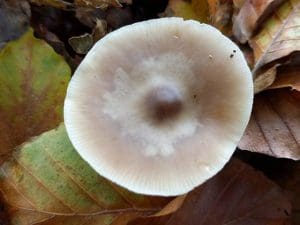
Stem:
Off white to cream in colour, the stem tapers in towards the cap and is fibrous or stringy.
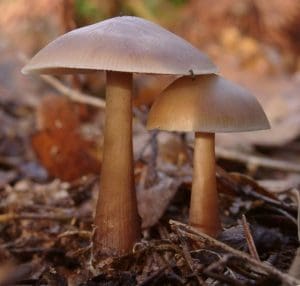
Gills:
White when young becoming off white with age. The gills are crowded and are normally free from the stem although they are sometimes adnexed.
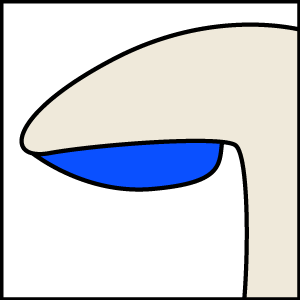
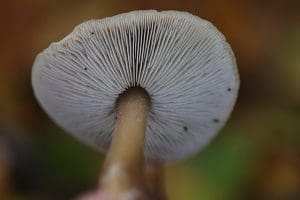
Smell:
No distinct smell.
Spores:
Pale cream/buff.
Known hazards
None Known.
Potential lookalikes
The Spotted Toughshank (Rhodocollybia Maculata) looks similar but this has rusty, red spots on its gills, it’s is also edible but poor quality.
Uses
In food
Although edible they not really worthwhile, they have a very slimy texture and a poor taste, there are much better mushrooms to find.



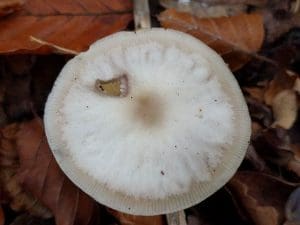
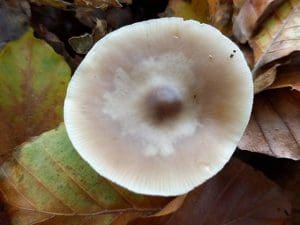
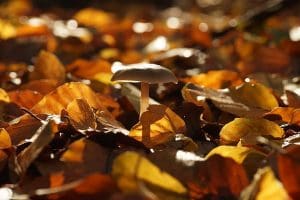
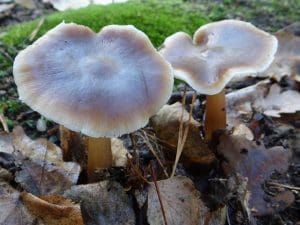



Leave a Reply
You must be logged in to post a comment.